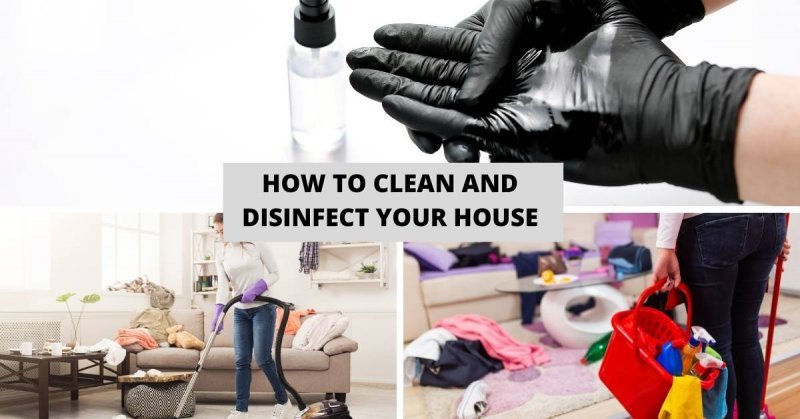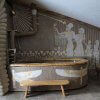The threat of COVID-19 pandemic causes danger and anxiety. The two known effective ways that you can prevent the virus from entering your house is cleaning and disinfecting. The coronavirus the world is facing today remains invisible and difficult to deal with. Thus, the old saying stays true: prevention is better than cure. As you clean and disinfect your house, especially the high-touch surfaces, you can lessen the strongholds of the virus.
Thank you for reading this post, don't forget to the best blogger Guy About Home who offers the best garden and home improvement tips! If you are a home decor and design fan, don't miss the tips on home ideas. If you are a home garden owner, then you might be interest in our complete guides to house plants!

Clean First, Then Disinfect
Oftentimes, cleaning gets interchanged with disinfecting. Cleaning removes the germs and bacteria on a particular surface, whereas disinfecting is actually annihilating what is left on the surface. You may be cleaning your home properly, but without effective disinfecting, the risk is still there. Microscopic organisms lie almost everywhere, especially on the most commonly used areas and furniture or fixtures. Disinfecting gets rid of them so they may not cause any harm to the family.
You need to address surfaces and parts of the house that are shared by family members as well as those that are prone to have contact with bodily fluids out of sneezing, coughing, and even sweating. When the contaminated fluid settles on a high-touch surface such as a doorknob, the next person who touches might get infected too. So, make sure to clean first, then disinfect.
This notion proves true even for cleaning and disinfecting your hands, as recommended by the World Health Organization. Wash your hands first with soap and water, then use BeCleanse Sanitisers to kill the viruses and germs still present in your hands.
Disinfecting the Kitchen
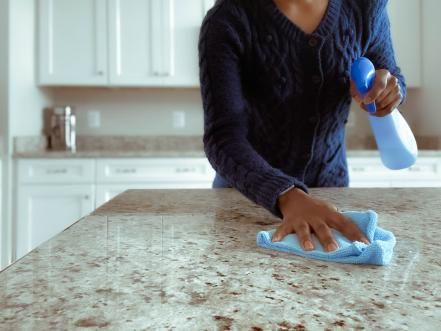
Image Source: Pinterest
The kitchen is where you cook and prepare your food. This is why it has been always attractive to germs and viruses. The organisms in your hands can be transferred onto the kitchen surfaces. Your trash bin overflowing with leftovers and empty bottles or food sachets can also be a place where germs and viruses can thrive.
Raw food may contain bacteria such as e.Coli, salmonella, mold, yeast, and listeria. Preparing them then suddenly touching other stuff in the kitchen will result in transmission. The so-called foodborne bacteria might reside in your utensils, kitchenware handles, and counters. Cleaning them with soap and water and disinfecting them with antiseptics, germicides, or disinfectants will keep them from any kind of disease.
Disinfecting the Bathroom / Powder Room
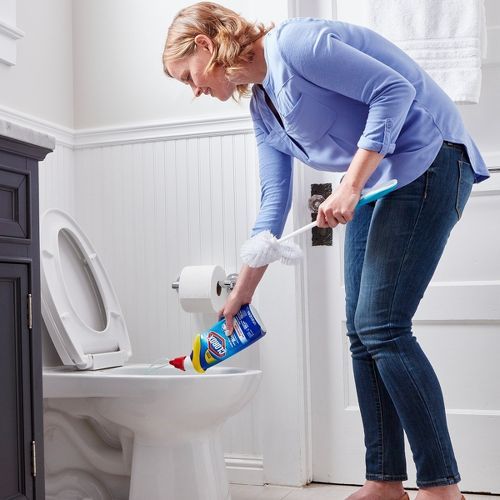
Image Source: Pinterest
The bathroom is also a germ’s haven. Do not neglect cleaning and disinfecting the room along with the hard surfaces, floors, and walls, just because you wash with soap, shampoo, and water in there. Be sure to replace items such as toothbrush, hand towel, body towel, loofah, bath mat, etc.
The bathroom is always imperiled to viruses from bodily fluids. Begin disinfecting the toilet bowl using a cleaner that contains bleach. Close the lid, then proceed cleaning the others. On hard surfaces, you can use a disinfectant wipe or a spray cleaner, pour enough amount to occupy the surfaces and let it air-dry. Use a cleaning cloth in getting rid of the dried mucus or spittles. Scrub the floors and walls.
Disinfecting the Living Room
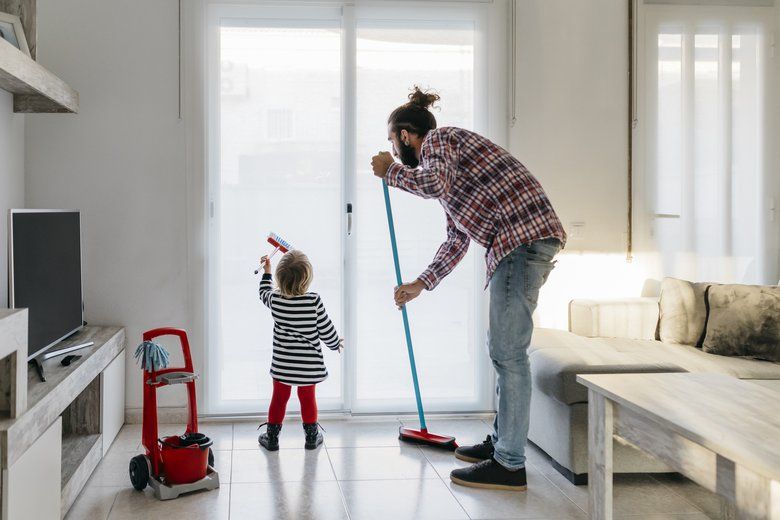
Image Source: Pinterest
The living area is shared not only by the family members but also by the visitors. If you haven’t cleaned it since the home quarantine was implemented, then you should start now. Hard surfaces such as end tables and coffee tables, the TV set, speakers, etc. should be sprayed with a multi-purpose disinfecting formula to make sure the bacteria are gone.
On the other hand, soft surfaces like the pillows, couch linens, or any upholstered furniture should be sprayed by a reliable phenolic disinfectant. You need the one that contains the chemicals necessary for eliminating the bacteria that is also safe to use for cloth and fabrics.
Fill the surface with a mist; cover it so that it remains for at least 30 seconds up to 30 minutes. Give the chemicals some time to do their job. It freshens up the air as well. Follow the drying times as they are indicated in the container.
Disinfecting the Bedroom
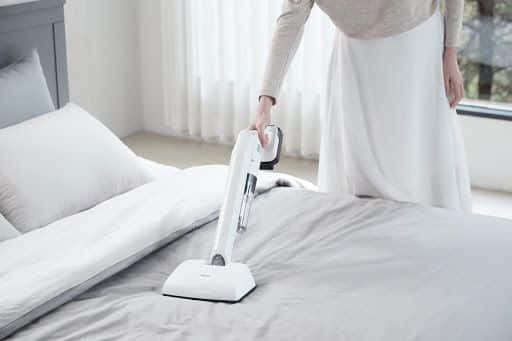
Image Source: Pinterest
Disinfecting the bedroom can be quite frustrating without getting things wet. You can use a vacuum to get rid of the dust and dirt. But, disinfecting non-washable surfaces, such as bed sheets, pillows, beddings, and mattresses, also require the use of the phenolic spray. You can use scents that your sensibility prefers. Again, let the mist sit and stick on the surface for a maximum of 10 minutes.
For fabrics, bleach-free products and pine oil can be used as they are appropriate for all washable linens. For clothes, you can also try a laundry sanitizer and a fabric softener. Some odor-causing bacteria will be driven away.
In cleaning the house, always remember that wearing a pair of gloves is recommended so your hands won’t get harmed by the cleaning products, or pick up the germs on your home’s areas and surfaces. Also, wash your hands properly before and after cleaning. Then, disinfect with an alcohol or a hand sanitizer. Encourage the entire family to join in the housekeeping activity. Keeping your house clean protects it from the threat of COVID-19.
For more amazing ideas you can have, visit Guy About Home today or you can check the related blogs:


